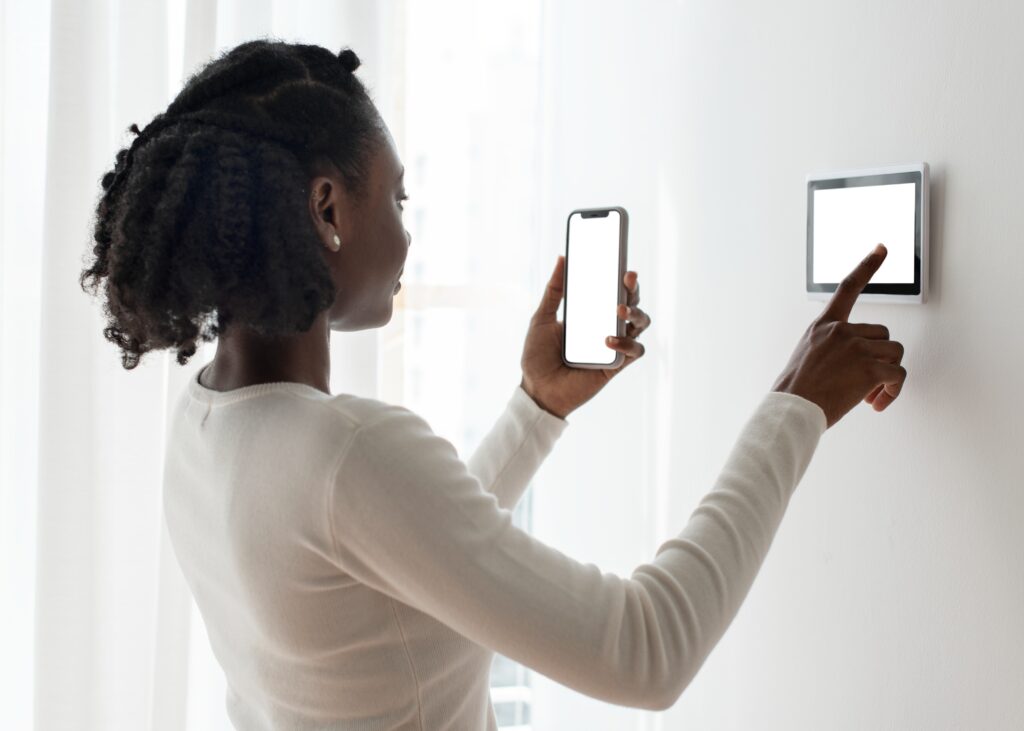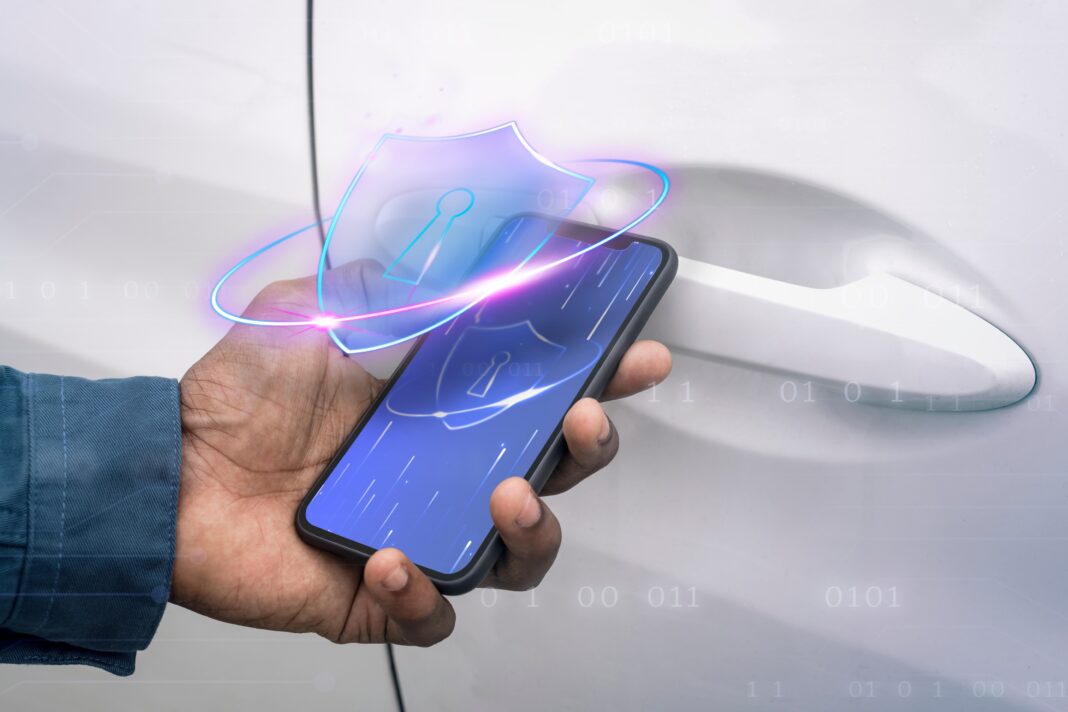Biometric security is fundamentally changing how applications authenticate users and protect sensitive data. Traditional authentication methods like passwords and PINs are increasingly vulnerable to cyberattacks, phishing, and brute-force attacks. In contrast, biometric authentication leverages unique physiological and behavioral characteristics that are extremely difficult to replicate or steal. This shift is driven by the need for stronger security combined with a seamless user experience—one that doesn’t require users to remember complex credentials.

The adoption of biometric security in apps is accelerating across industries, from mobile banking and healthcare to enterprise security and government services. As technology evolves, biometric systems are becoming more sophisticated, integrating artificial intelligence, machine learning, and advanced encryption to enhance accuracy and prevent fraud. However, this rapid advancement also brings challenges, including privacy concerns, regulatory compliance, and the risk of sophisticated spoofing attacks.
This in-depth guide explores every aspect of biometric security in apps, including how it works, current applications, limitations, and future innovations. By the end, you’ll understand why biometrics are becoming the gold standard for authentication and what developments we can expect in the coming years.
How Biometric Security Works in Apps
Biometric authentication relies on the principle that certain human characteristics are unique to each individual and can be used to verify identity with a high degree of certainty. Unlike passwords or security tokens, biometric traits cannot be easily lost, stolen, or guessed. When integrated into apps, biometric systems follow a structured process:
1. Enrollment
The first step involves capturing the user’s biometric data (e.g., fingerprint scan, facial image, or voice recording). This data is converted into a digital template using complex algorithms. Importantly, the raw biometric image is not stored—only a mathematical representation (hash) is saved to enhance security.
2. Storage
The encrypted template is stored either locally on the user’s device (considered more secure) or in a centralized database (common in enterprise systems). Local storage, such as in Apple’s Secure Enclave or Android’s Trusted Execution Environment (TEE), minimizes the risk of large-scale data breaches.
3. Authentication
When a user attempts to access an app, the system captures a new biometric sample and compares it to the stored template. If the match meets a predefined confidence threshold, access is granted.
Types of Biometric Authentication Used in Apps
Fingerprint Recognition
- How it works: Analyzes unique ridge patterns, minutiae points, and sweat pores.
- Common uses: Mobile banking (e.g., Chase, PayPal), smartphone unlocking (e.g., Touch ID).
- Advantages: Fast, widely adopted, and difficult to fake with basic spoofing techniques.
- Limitations: Can fail with wet or dirty fingers; low-cost sensors may be vulnerable to fake fingerprints.
Facial Recognition
- How it works: Maps facial features (distance between eyes, nose shape, jawline) using 2D or 3D imaging.
- Common uses: iPhone Face ID, airport security (e.g., TSA PreCheck), social media tagging.
- Advantages: Contactless, convenient for users.
- Limitations: Vulnerable to high-quality photos or deepfakes without liveness detection.
Iris Scanning
- How it works: Captures the intricate patterns in the colored part of the eye using infrared cameras.
- Common uses: High-security facilities, border control (e.g., UAE Smart Gates).
- Advantages: Extremely accurate, even with glasses or contact lenses.
- Limitations: Expensive hardware; requires precise alignment.
Voice Recognition
- How it works: Analyzes vocal characteristics like pitch, tone, and speech patterns.
- Common uses: Call-center verification, voice assistants (e.g., Siri, Alexa).
- Advantages: Works with standard microphones; useful for phone-based authentication.
- Limitations: Background noise can interfere; vulnerable to voice recordings.
Behavioral Biometrics
- How it works: Tracks unique user behaviors like typing speed, mouse movements, or touchscreen gestures.
- Common uses: Fraud detection in banking apps, continuous authentication.
- Advantages: Passive authentication (no extra steps for users).
- Limitations: Requires machine learning to reduce false positives.
Current Applications of Biometric Security in Apps
1. Mobile Banking and Financial Apps
Banks and fintech companies are leading the adoption of biometric authentication to combat fraud and streamline user access. Examples include:
- Chase Mobile: Allows fingerprint and face login for balance checks and transfers.
- PayPal: Uses biometrics for one-tap payments.
- Revolut: Implements voice recognition for customer support verification.
Why it matters: Financial institutions face strict anti-fraud regulations (e.g., PSD2 in Europe), and biometrics help meet compliance while improving user experience.
2. Healthcare Apps
Patient data is highly sensitive, and biometrics ensure only authorized personnel access medical records. Examples:
- MyChart: Uses fingerprint authentication for patient portals.
- Epic Systems: Integrates facial recognition for clinician logins in hospitals.
Why it matters: HIPAA and GDPR require stringent access controls to protect health data.
3. Enterprise and Workplace Security
Companies use biometrics to secure corporate apps, VPNs, and cloud services. Examples:
- Microsoft Authenticator: Supports fingerprint and face login for Office 365.
- Okta: Offers adaptive biometric authentication for remote workforces.
Why it matters: Prevents unauthorized access to confidential business data.
4. Government and Border Control
Governments use biometrics for national ID programs and border security. Examples:
- TSA PreCheck: Facial recognition speeds up airport security.
- India’s Aadhaar: The world’s largest biometric ID system, used for welfare and banking.
Why it matters: Reduces identity fraud in immigration and public services.
Challenges and Risks of Biometric Security
1. Privacy Concerns
- Biometric data is permanent—unlike passwords, it can’t be reset if compromised.
- Centralized databases (e.g., law enforcement facial recognition systems) raise surveillance fears.
2. Spoofing and Cyberattacks
- Fingerprint spoofing: Silicone molds can trick low-quality sensors.
- Deepfake attacks: AI-generated faces or voices can bypass weak systems.
3. False Positives/Negatives
- False acceptance: A stranger is incorrectly authenticated.
- False rejection: A legitimate user is denied access (frustrating for users).
4. Regulatory Compliance
- GDPR (EU): Requires explicit consent for biometric data collection.
- CCPA (California): Gives users the right to delete biometric data.
- BIPA (Illinois): Mandates strict guidelines for biometric data usage.
Future Advancements in Biometric Security
1. Multi-Modal Biometrics
Combining multiple methods (e.g., face + voice + fingerprint) reduces spoofing risks.
2. AI-Powered Liveness Detection
Advanced algorithms detect subtle signs of life (blinking, blood flow) to prevent photo or mask attacks.
3. Blockchain for Secure Storage
Decentralized storage prevents large-scale breaches by eliminating single points of failure.
4. Continuous Authentication
Instead of one-time login, apps monitor behavior (typing patterns, device usage) for ongoing verification.
FAQs on Biometric Security in Apps
1. Is biometric data safer than passwords?
Yes, but only if stored securely (e.g., encrypted local storage). Unlike passwords, biometrics can’t be reset after a breach.
2. Can biometrics be hacked?
Yes, but advanced systems with liveness detection and multi-factor authentication reduce risks.
3. Which industries use biometric security the most?
Banking, healthcare, government, and enterprise security apps lead adoption.
4. Will biometrics replace passwords completely?
Not immediately, but they will become the primary authentication method in high-security apps.
Conclusion
Biometric security is revolutionizing app authentication by offering unparalleled security and convenience. While challenges like privacy and spoofing exist, advancements in AI, blockchain, and multi-modal systems are addressing these concerns. Businesses must prioritize secure storage, regulatory compliance, and user education to maximize trust and adoption.
Next Steps for Developers & Businesses:
- Integrate biometric APIs (e.g., Android BiometricPrompt, iOS Face ID).
- Educate users on biometric safety and privacy.
- Stay updated on evolving regulations and cyber threats.

